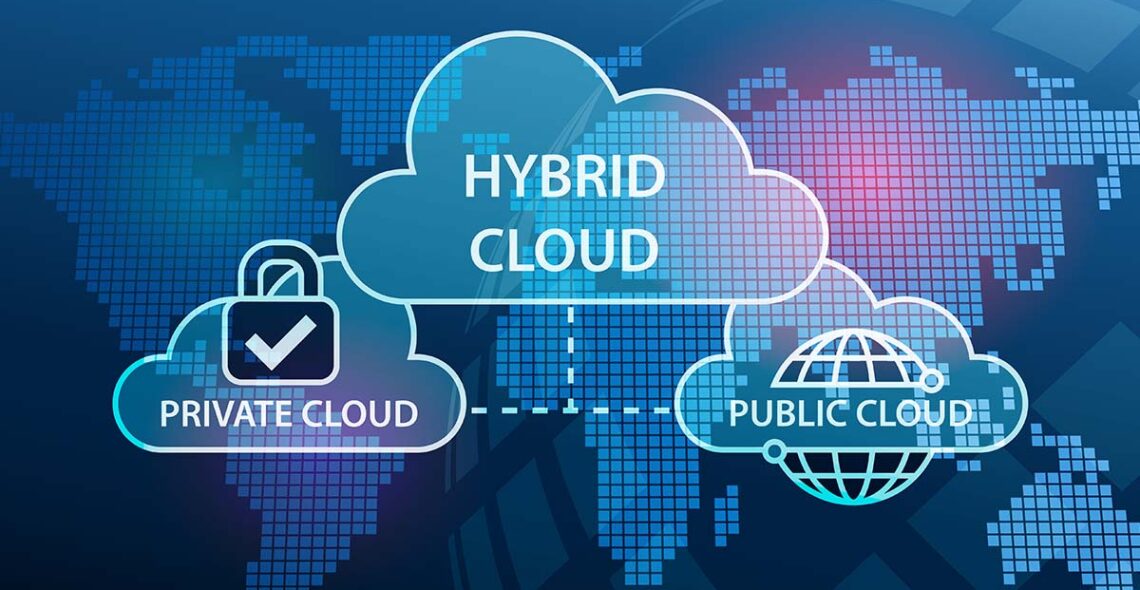What is the Public Services Network (PSN)?
The Public Services Network (PSN) was the UK government’s data network. It connected public sector organisations, enabling them to work together, while reducing duplication and allowing the sharing of resources.
The PSN was a way to bring fragmented public services organisations onto a single, transparent and standards-based network of networks. Its aim was to create economies of scale, integrate strategies and build a common set of rules that ensured access to internet content and shared services could be controlled.
The PSN consisted of a core network, the Government Conveyancing Network (GCN) provided by GCN Service Providers or GCNSPs. The GCN interconnected multiple operator networks, termed Direct Network Service Providers (DNSPs). In addition to the network architecture and compliance requirements, a commercial framework to procure PSN services was established in 2012.
To minimise risk to other PSN users, any organisation connecting to the PSN, whether a service user or service provider, had to demonstrate that it maintained a suitable level of security. This was verified in the form of a PSN compliance certificate, variants of which applied to suppliers, service providers and consumers of PSN services.
In 2018, the cabinet office of UK government announced its Future Network for Government (FN4G) strategy as a successor to PSN. FN4G recognises the move to internet and cloud-first approaches.
What was the Public Services Network used for?
The PSN government network was used by public sector organisations to ensure they could operate safely, securely and with efficiency. Before its inception, individual government departments had deployed their own networks, implemented their own standards of operation and set their own security parameters.
There was very little consideration as to how services and data may be shared, and limited best practice when selecting and implementing systems. As a result, operating costs were increasing significantly, and communications were becoming fragmented.
When it was implemented, the PSN ensured central government, local government, and to a lesser extent the NHS, would have one set of security standards, and one logical network, creating a wide-ranging public sector community focused around common communications and security goals.
The PSN vision was to create a shared ICT infrastructure across the entire public sector to deliver shared data, voice and video services. Sites connected to the PSN had access to a range of compliant suppliers, allowing departments to purchase secure network services that met data protection requirements and operated to the approved government standards.
What were the advantages of the Public Services Network?
With similar ICT infrastructures and shared standards, PSN created a common approach to local and central government networking. Multiple fragmented networks were consolidated and replaced, providing the following advantages:
- PSN was a transformational programme for government, improving efficiencies by changing how ICT services were specified, procured and operated
- It connected government departments to approved and certificated IT solution providers, reducing complexity and the time to deployment, improving IT project success rates and driving down costs
- Siloed working practices were reduced, providing more joined-up approaches to decision making and information sharing at local and national levels
- It also acted as a fundamental driver for cultural and process change, altering the government’s overall approach to technology adoption
Why was the Public Services Network replaced?
Although the PSN did provide a mechanism for government organisations to build a common set of working practices to share applications and services, it did not accommodate the increasing use of internet and cloud. Technology and standards have moved on, and the PSN’s legacy network has become increasingly difficult to secure.
In most cases, local authorities had to use an on-premise infrastructure to run a dedicated line directly into the PSN. This meant that organisations had to maintain that infrastructure, pay for the line on a contract basis and pay for a DNS contract.
Now, cloud and internet-based solutions offer far more flexibility and security, at a potentially lower cost. As a result, the PSN became outdated, expensive and too restrictive for collaborative working and the modern methods of data storage, sharing and communications.
What is the Public Services Network being replaced with?
The PSN is being replaced with a new Cabinet Office programme called Future Network for Government (FN4G). This is providing alternative ways to allow government organisations to share infrastructure and services.
FN4G uses public cloud services, accessed through an internet connection, which is far more flexible, cheaper and quicker to deploy than using bespoke services deployed over dedicated internet access (DIA networks). It also supports commercial off-the-shelf tools, such as instant messaging, voice and video messaging, secure file sharing, and the APIs that underpin these services. By using these commercial offerings, government departments can benefit from the continuous improvement, patching and security updates applied to these services.
With access to a marketplace of cloud security tools, plus no requirement to be locked into a long-term contract, FN4G opens up the governmental landscape to more supplier choice and the new opportunities of secure, resilient and flexible internet. Technical debt and network sprawl are reduced, and departments are able to spend budgets more effectively.





